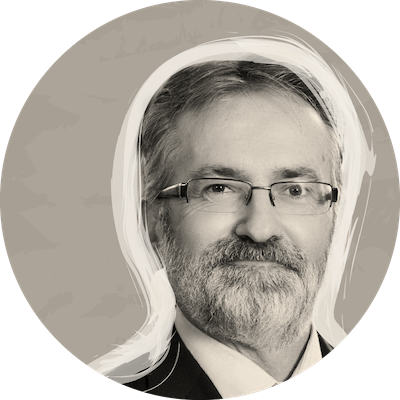Digital Transformation Perth held a panel discussion to tackle the topic of managing enterprise evolution in an architectural context. The panellists were Cristian Southall (CTO of JourneyOne), Darryl Carr (JourneyOne Solutioniser/EA Consultant), and Jackie O’Dowd (CEO of Realising-Potential).
Below follows the transcript of Part 2 of the evening’s opening discussion.
Interviewer: With contemporary transformation programs, what’s the architectural sweet spot? Where does it add the most value?

Darryl: There’s a conversation that Jackie and I have had before about change optimisation, so figuring out how to get through that change the best way possible. There are some skills that an architect can bring to that process. It’s partly about the facilitation and sequencing of work. It’s bringing those skills to the table, but also being able to adapt to the circumstances in the organisation. Are they running an Agile transformation program? Are they using a Spotify model?
Some homework: go and look at how Grady Booch describes architecture. I can’t remember it word for word, but it’s about making design decisions up front that avoid significant negative impacts down the road.

Cristian: This is a hard one to answer. There’s an element of keeping the migrating horde that is a large program of work honest to the objectives from which it started. There’s also an element where, done right, with good teams and processes, and a good level of maturity, there’s some space for architects to step back a little bit.
One of the issues that I have with a lot of the industry ‘buzziness’ around things like Spotify models, etc, is that it tends to come out of private companies that are there to build a thing for some consumer. But we mostly work for enterprises. Enterprises try to mobilise a whole series of functions not directly related to the product that the business is producing in order to support the business to produce that thing – be it tons of ore on a train or insurance policies. So, there is some space in a transformation program, given good enough definition of the outcomes and the products that that program is meant to be producing, that we can possibly pick up some of these techniques that are sometimes less relevant in the enterprise. Because there is this group mobilised around a set of outcomes.
But it’s so dependent on the organisation and the objectives that we’re trying to achieve.

Jackie: I think there’s one sweet spot: visibility. A good architecture program will bring visibility to the organisation — what’s happening and where — and it’s also driving the benefits realisation. We’ve just spent however many tens of millions — or hundreds of millions, depending on which organisation you work with — on infrastructure, applications, data, people, and we don’t know how we’re actually going to deliver the results out of it.
Most of the time that I see it, it’s on a wing and a prayer. That’s why I’m such an advocate for alignment. If we don’t get that right, you can have the best architects in the organisation but they’re not going to be allowed to deliver and do what they do really well.
So, I think the sweet spot is on getting things visible, asking questions, and having the ability to challenge.
